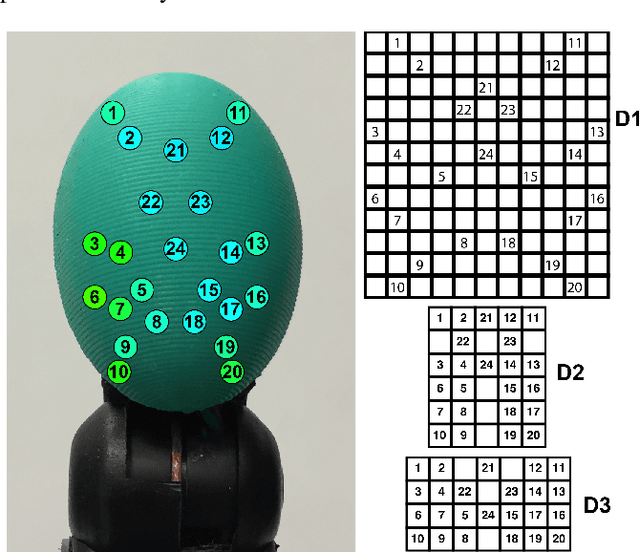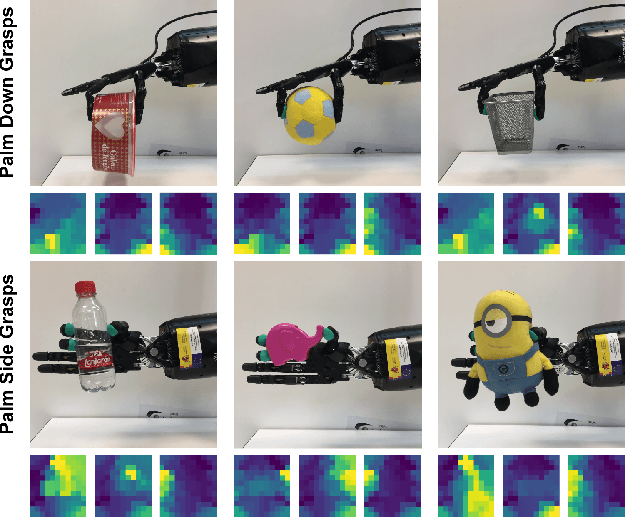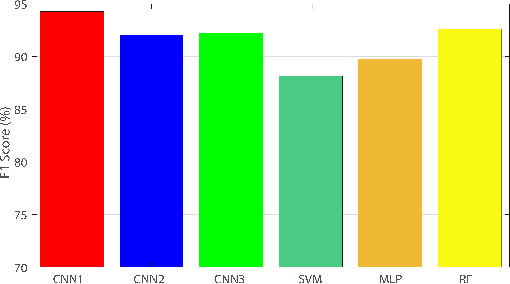Brayan S. Zapata-Impata
Automatics, Robotics and Artificial Vision Research Group, Dept. of Physics, System Engineering and Signal Theory, University of Alicante, Spain, Computer Science Research Institute, University of Alicante, Spain
AutOTranS: an Autonomous Open World Transportation System
Oct 08, 2018



Abstract:Tasks in outdoor open world environments are now ripe for automation with mobile manipulators. The dynamic, unstructured and unknown environments associated with such tasks -- a prime example would be collecting roadside trash -- makes them particularly challenging. In this paper we present an approach to solving the problem of picking up, transporting, and dropping off novel objects outdoors. Our solution integrates a navigation system, a grasp detection and planning system, and a custom task planner. We perform experiments that demonstrate that the system can be used to transport a wide class of novel objects (trash bags, general garbage, gardening tools and fruits) in unstructured settings outdoors with a relatively high end-to-end success rate of 85%. See it at work at: https://youtu.be/93nWXhaGEWA
Non-Matrix Tactile Sensors: How Can Be Exploited Their Local Connectivity For Predicting Grasp Stability?
Sep 14, 2018



Abstract:Tactile sensors supply useful information during the interaction with an object that can be used for assessing the stability of a grasp. Most of the previous works on this topic processed tactile readings as signals by calculating hand-picked features. Some of them have processed these readings as images calculating characteristics on matrix-like sensors. In this work, we explore how non-matrix sensors (sensors with taxels not arranged exactly in a matrix) can be processed as tactile images as well. In addition, we prove that they can be used for predicting grasp stability by training a Convolutional Neural Network (CNN) with them. We captured over 2500 real three-fingered grasps on 41 everyday objects to train a CNN that exploited the local connectivity inherent on the non-matrix tactile sensors, achieving 94.2% F1-score on predicting stability.
 Add to Chrome
Add to Chrome Add to Firefox
Add to Firefox Add to Edge
Add to Edge